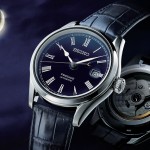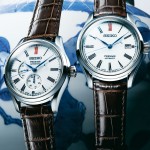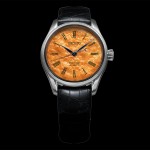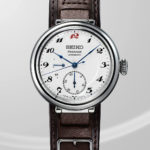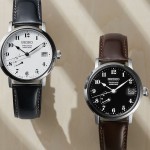Seiko Introduces the Presage Craftsmanship Limited Editions
Dials in porcelain, urushi, and enamel.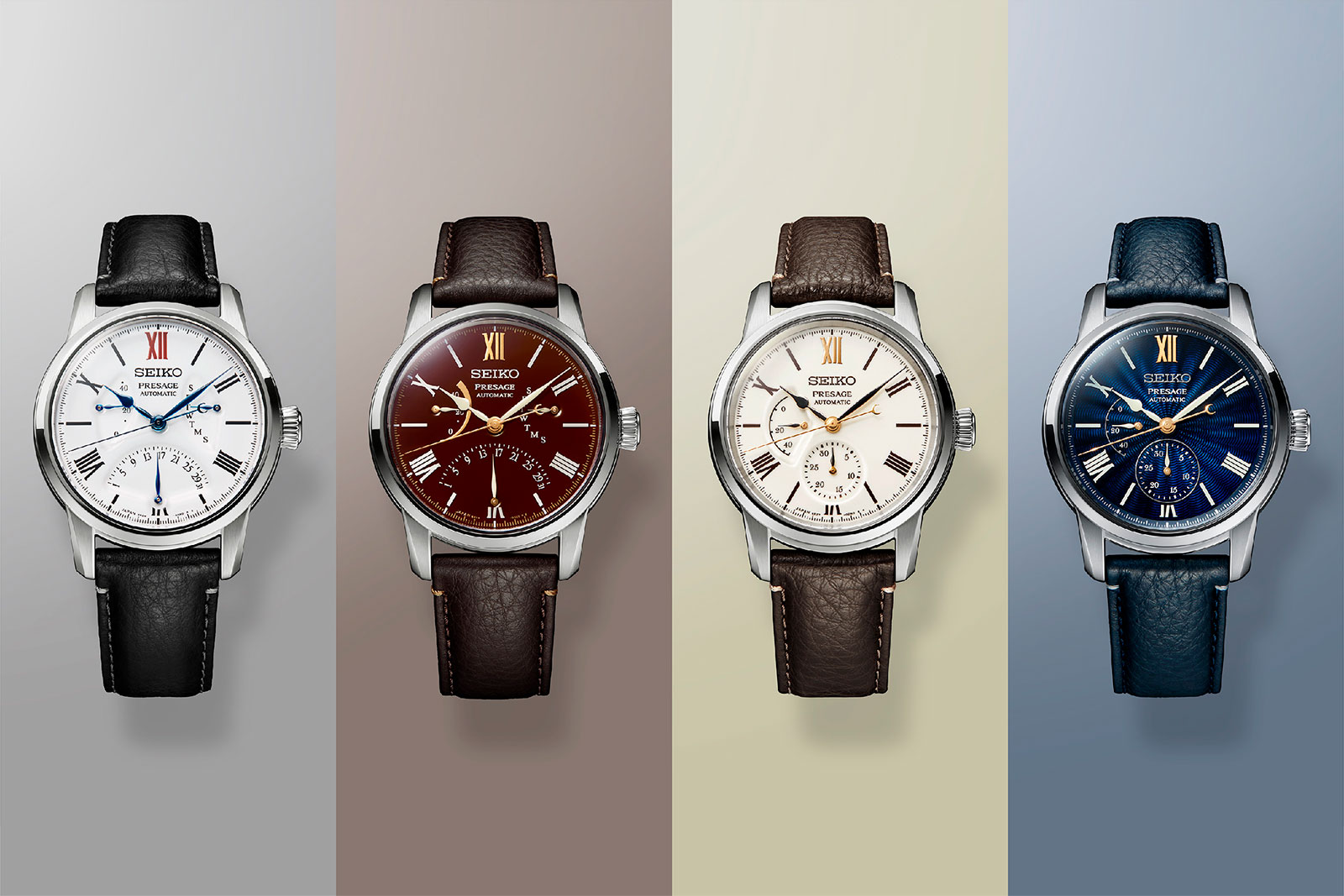
Popular for making artisanal dials affordable, Seiko’s Presage Craftsmanship series has been facelifted for the 110th anniversary of the brand’s first watch. The dials continue to be decorated with techniques ranging from fired enamel to Japanese lacquer, but the Presage case has been refined into an all-new design.
The restyled Presage is making its debut as a quartet of limited editions with dials in fired enamel (SPB393), traditional lacquer known as urushi (SPB395), Arita porcelain (SPB397), and translucent Shippo enamel (SPB399).
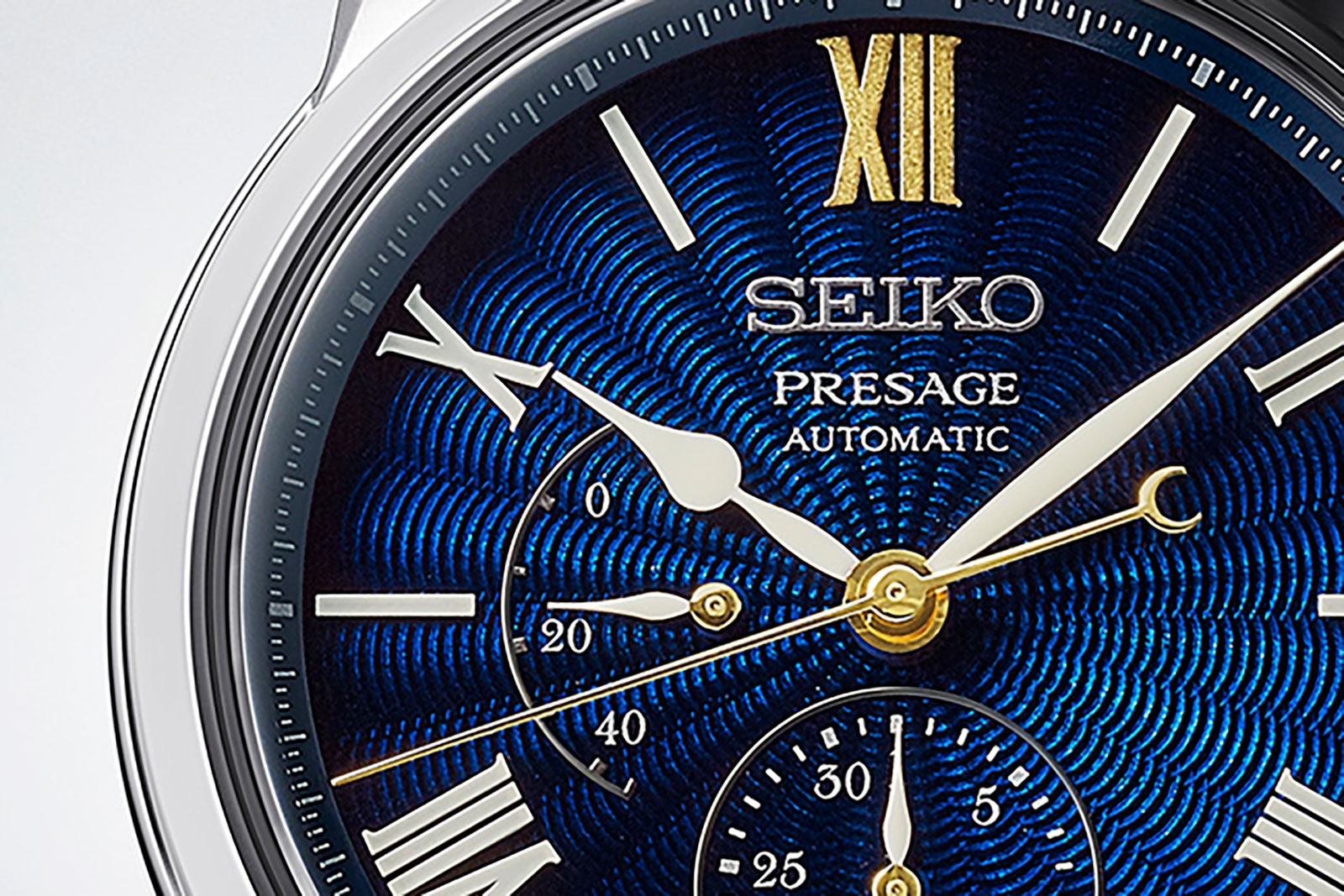
The Shippo enamel dial of the SPB399
Initial thoughts
Amongst the most affordable watches with fancy dials, the Presage Craftsmanship series has always been a good value proposition. Made with artisanal techniques typically found on pricier watches, the dials are all impressively executed especially considering the price, which starts at US$1,450 for the enamel dial SPB393 and tops out at US$2,050 for the SPB399 with a Shippo enamel dial.
While the dial work was always impressive, earlier models had cases that were simple in form and somewhat chunky. Now Seiko has solved that with a redesigned case that appears thinner and more refined. The new case style makes it debut on this quartet but given its merits will inevitably become standard for future Presage Craftsmanship models.
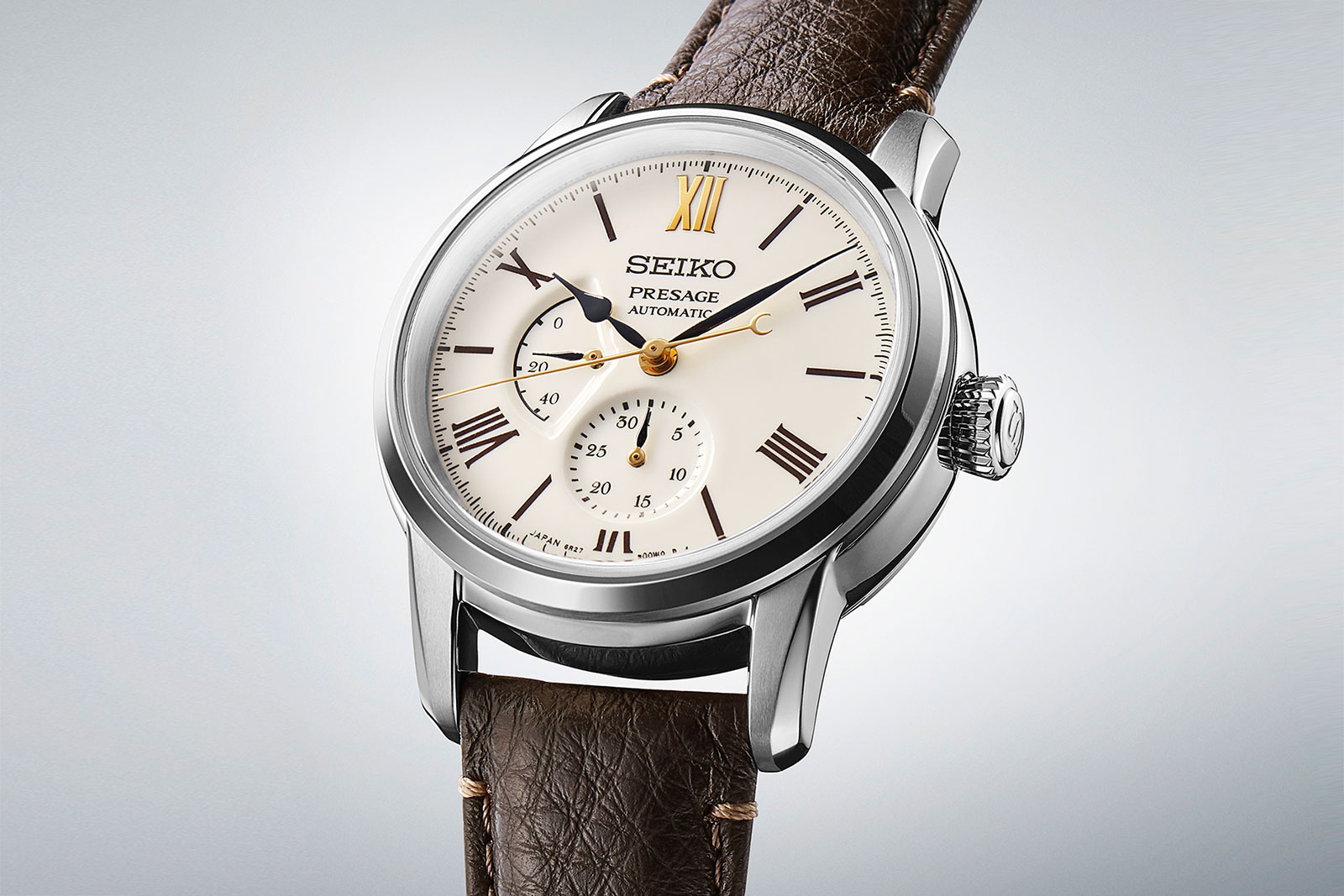
Due to the 6R series movements within, the new case is still large (the larger model is almost 41 mm wide and over 14 mm high) but it has been significantly refined in both style and finish. This is most obvious in the lugs, which now boast a more elegant form with a prominent polished bevel. The new case design is not only more attractive but also more suited to the dial decoration.
The new Presage watches don’t cost very much more than their predecessors, so they continue to offer good value while being more appealing, thanks in particular to the revamped case.
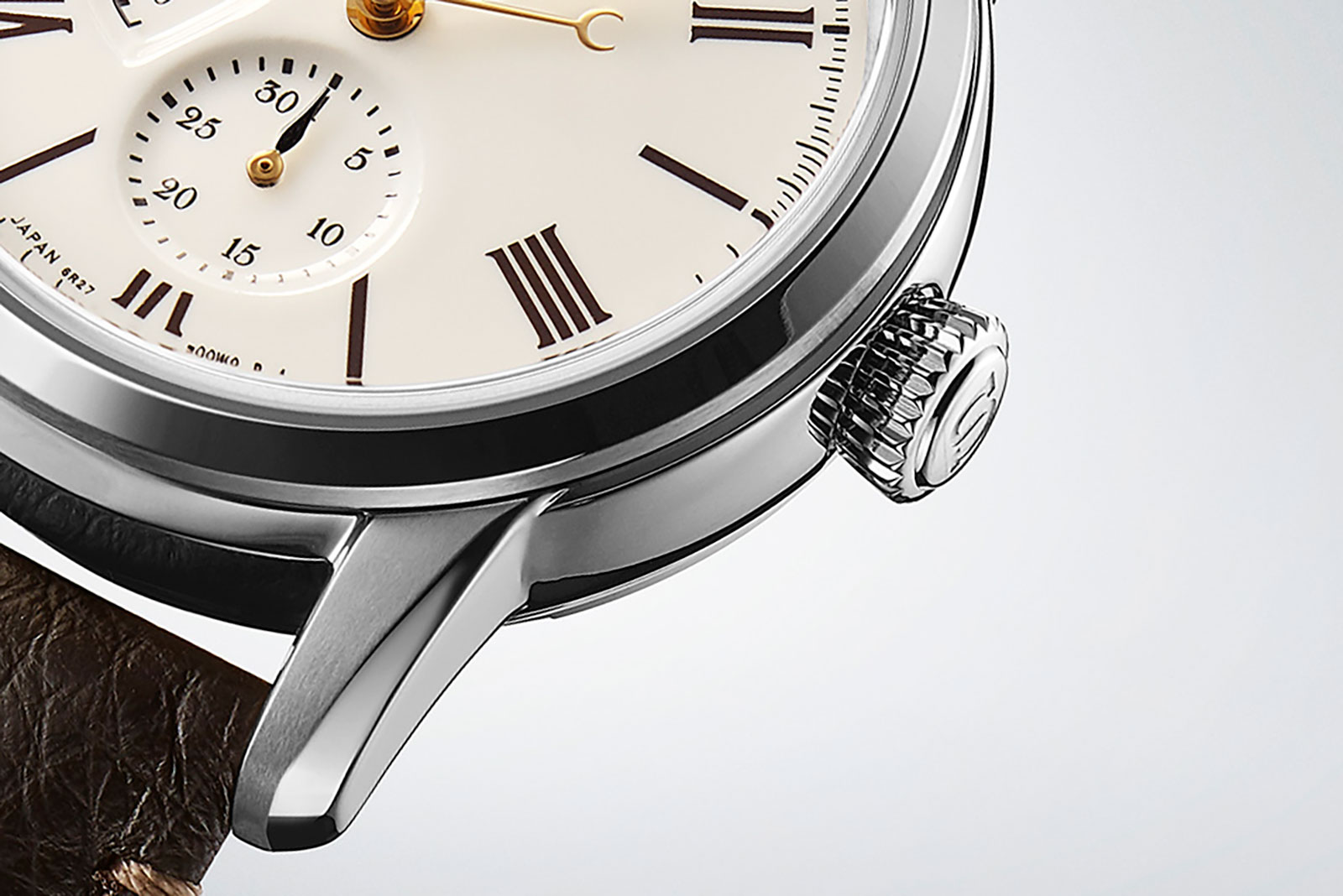
It’s all in the face
The limited-edition quartet are the first watches to sport the redesigned Presage case. Conceived to appear slimmer on the wrist, the new case also features more refined details, most notably slimmer lugs with a polished bevel along the outer edge.
Alongside the new case is a revamped dial. Unlike past Presage models that used either Roman numerals or baton indices, the new dials feature both in an alternating sequence. The use of alternating indices gives the dial a more modern look while complementing the sub-dials and indicators better.
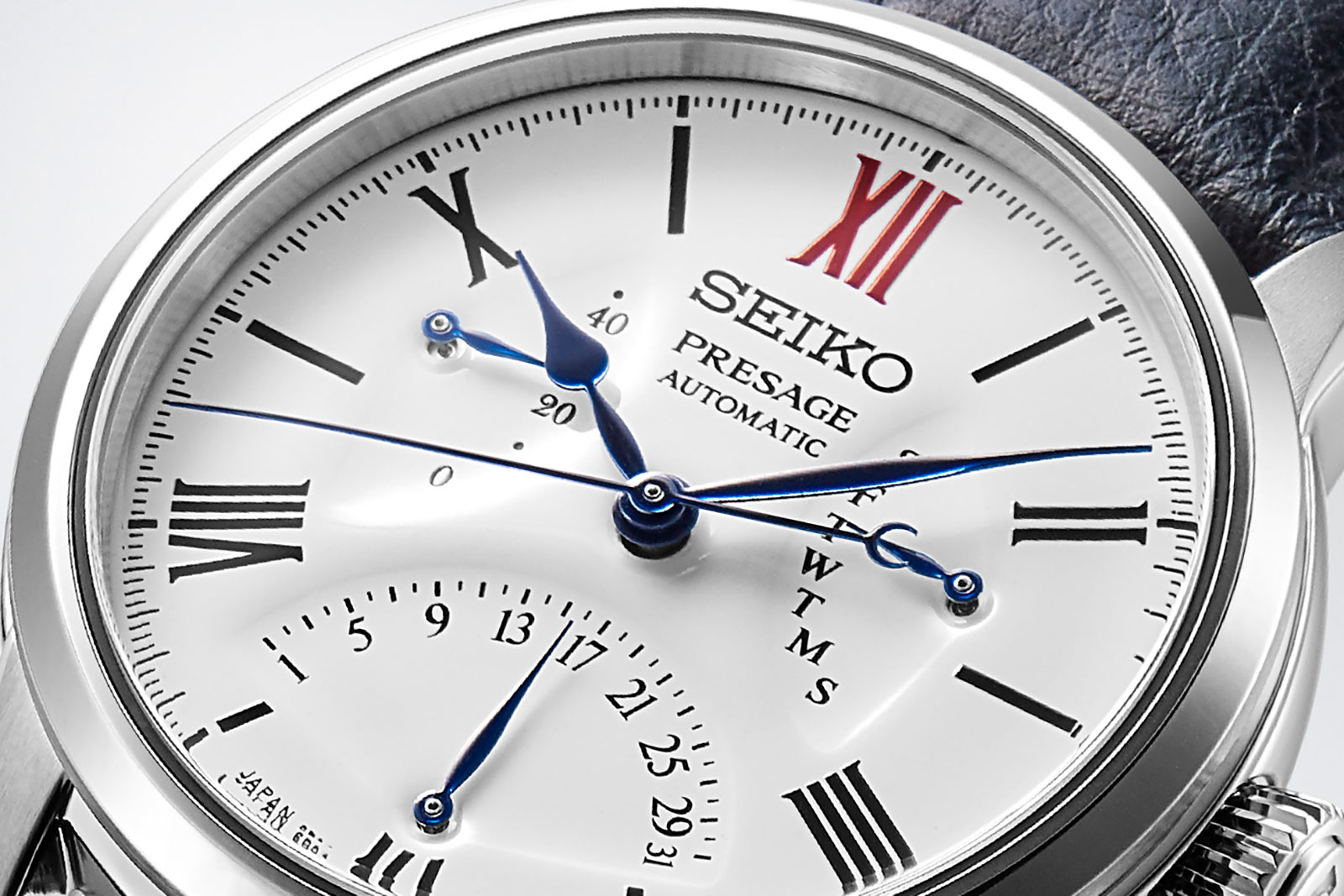
The SPB393 with a white enamel dial
The quartet of limited editions is actually made up of a pair of distinct models. Each pair of models share the same case and movement but differ in terms of dial finish. The first pair is made up of the the SPB393 with a fired enamel dial and the SPB395 with an urushi dial.
Featuring the familiar red numeral at 12 o’clock – a detail taken from Seiko’s first wristwatch of 1913 – the fired enamel dial is produced by the Fuji Porcelain Enamel Co., Ltd., where a team led by veteran craftsman Mitsuru Yokosawa has been supplying enamel dials for the Presage since 2016.
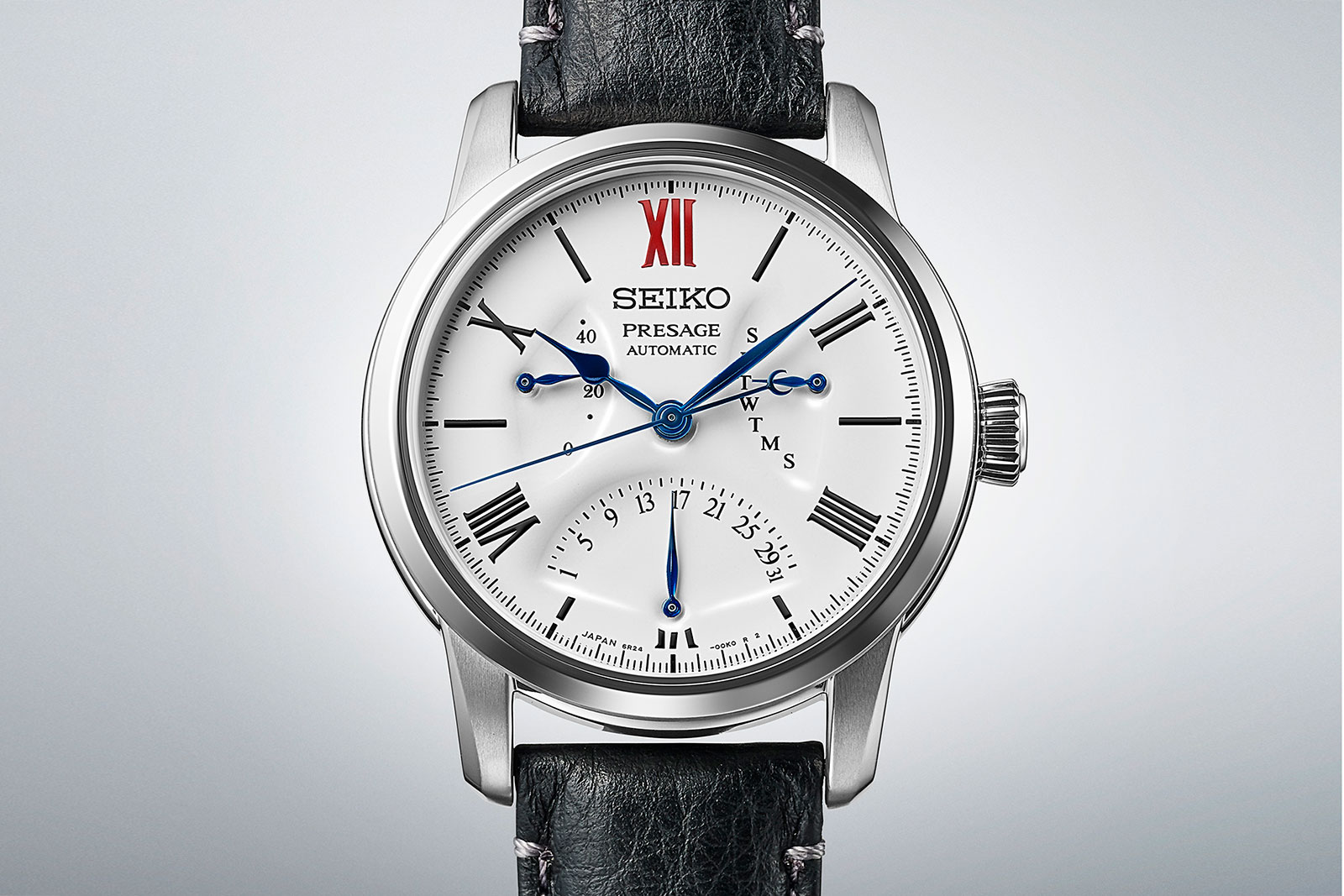
The SPB393
Executed in a more unusual colour of warm brown, the dial of the SPB395 is finished in traditional Japanese lacquer or urushi. Created with sap from the lacquer tree, urushi is applied to a variety of everyday objects such as bowls and chopsticks, and even samurai armour, for both decoration and protection. The urushi dials are produced in the workshop of Isshu Tamura, a lacquer artist who is also responsible for the dial of the recent Grand Seiko “First” SBGW295 in titanium.
Both the SPB393 and SPB395 have a slightly more compact case of 40.2 mm by 12.8 mm compared to the other two watches in the quartet. Both are powered by the 6R24 movement, an automatic calibre that includes a power reserve display, date, and day of the week. As a result of the triple complication, the dial has a pleasing vertical symmetry with each displayed on a fan-shaped scale.
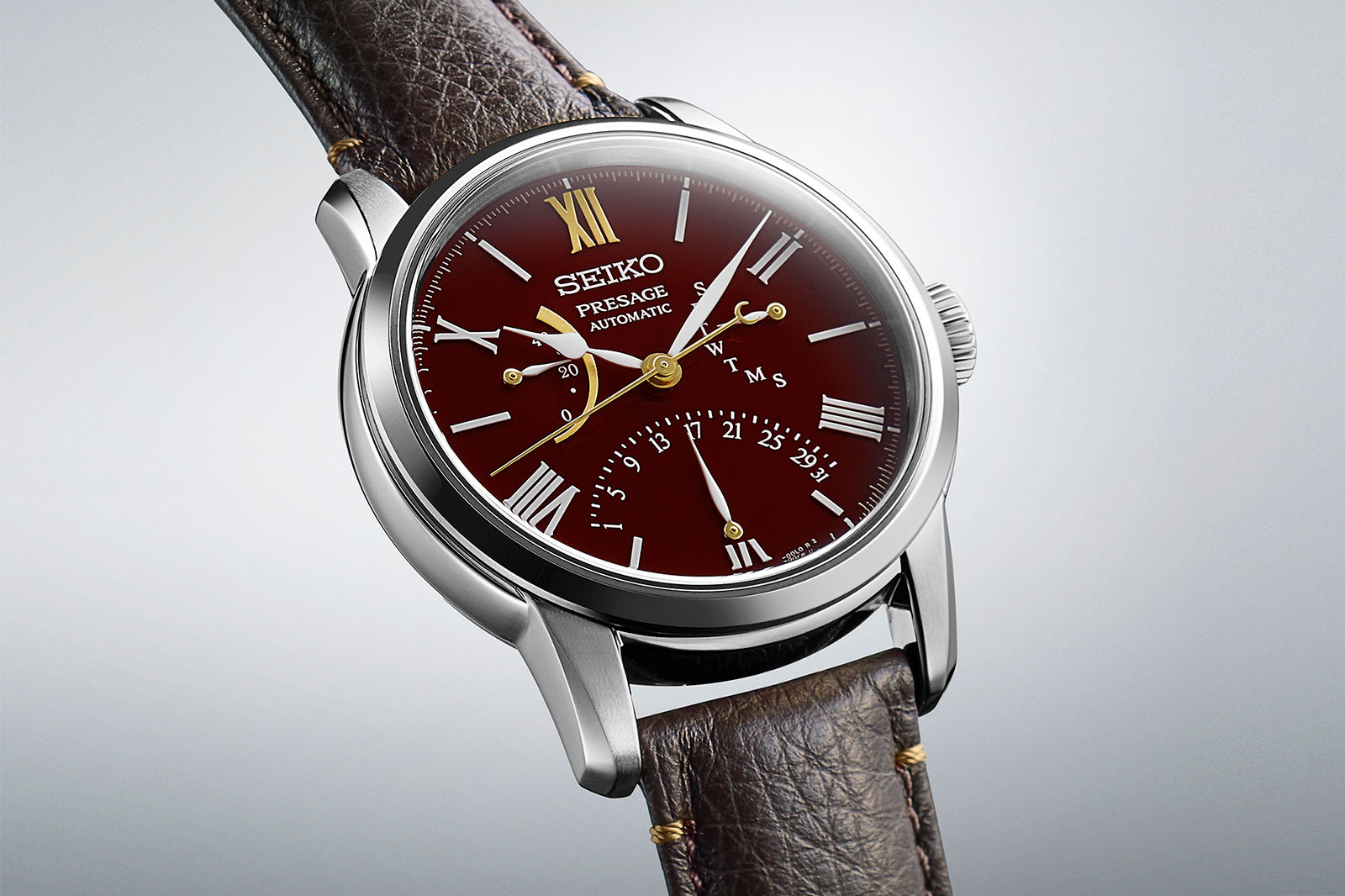
The SPB395
With a case that is slightly larger, the SPB397 and SPB399 also feature slightly more elaborate dial decoration.
Both share the same case that is 40.6 mm wide and 14.1 mm high, while the movement is the 6R27. The movement has a power reserve display at nine and the date at six, creating an asymmetrical dial layout.
The SPB397 has a dial made of Arita porcelain, Chinaware produced in town of Arita. The very first porcelain produced in Japan was made in Arita, thanks to the clay found around the town.
Executed in cream with dark brown markings and a gold “XII”, the porcelain dial is made by Shingama Kiln, a porcelain manufacturer located in Arita, where the team responsible for the dials was supervised by senior craftsman Hiroyuki Hashiguchi.
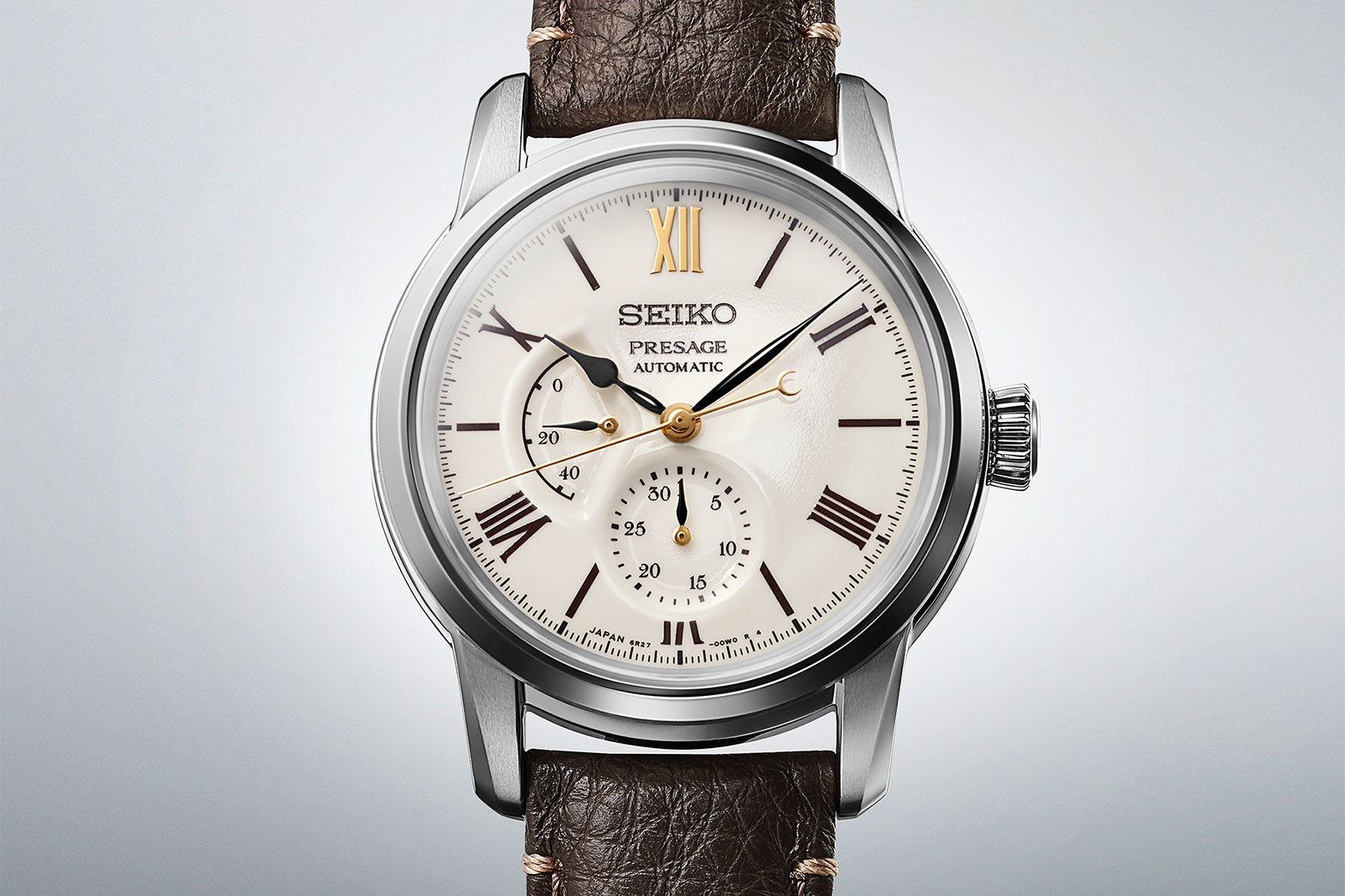
The SPB397
Equally traditional and artisanal is the Shippo enamel dial of the SPB399. More widely known as Owari Shippo or Owari cloisonné, the enamelling technique was conceived in the 19th century by craftsmen who were inspired by enamelled objects imported from Holland.
The enamelled dial is the work of Ando Cloisonne Co., where Wataru Totani leads a team of enamellers who first glaze the patterned dial base with liquid enamel, then fire it in an oven to melt the enamel.
Once fired, the dial is polished to give it a reflective finish that reveals the translucency of the enamel, through which the stamped motif on the dial is visible.
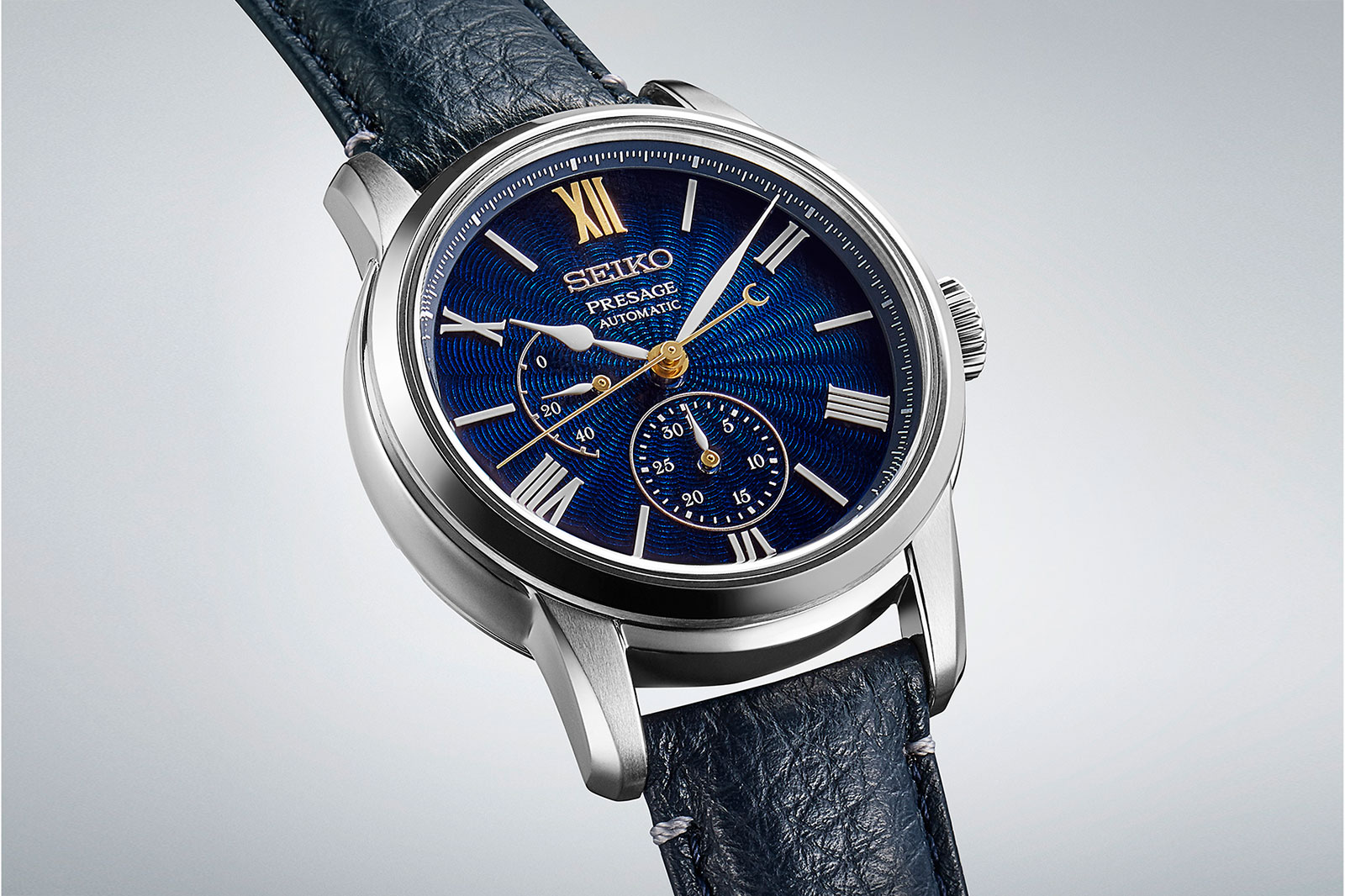
The SPB399
Key Facts and Price
Seiko Presage Craftsmanship Series
Ref. SPB393 (enamel)
Ref. SPB395 (urushi)
Diameter: 40.2 mm
Height: 12.8 mm
Material: Steel
Crystal: Sapphire
Water resistance: 100 m
Movement: Cal. 6R24
Functions: Hours, minutes, seconds, date, day of the week, and power reserve indicator
Frequency: 28,800 beats per hour (4 Hz)
Winding: Automatic
Power reserve: 45 hours
Strap: Leather with folding clasp
Limited edition: 1,500 pieces each
Availability: Starting June 2023 at Seiko boutiques and retailers
Price: SPB393 – US$1,450; SPB395 – US$ 1,850
Seiko Presage Craftsmanship Series
Ref. SPB397 (Arita porcelain)
Ref. SPB399 (Shippo enamel)
Diameter: 40.6 mm
Height: 14.1 mm
Material: Steel
Crystal: Sapphire
Water resistance: 100 m
Movement: Cal. 6R27
Functions: Hours, minutes, date, and power reserve indicator
Frequency: 28,800 beats per hour (4 Hz)
Winding: Automatic
Power reserve: 45 hours
Strap: Leather with folding clasp
Limited edition: 1,500 pieces for SPB397; 800 pieces for SPB399
Availability: Starting June 2023 at Seiko boutiques and retailers
Price: SPB397 – US$1,850; SPB399 – US$2,050
For more, visit seikowatches.com.
This was brought to you in partnership with Seiko.
Correction March 10, 2023: The first Seiko wristwatch was made in 1913, and not 1923 as stated in an earlier version of the the story.
Back to top.